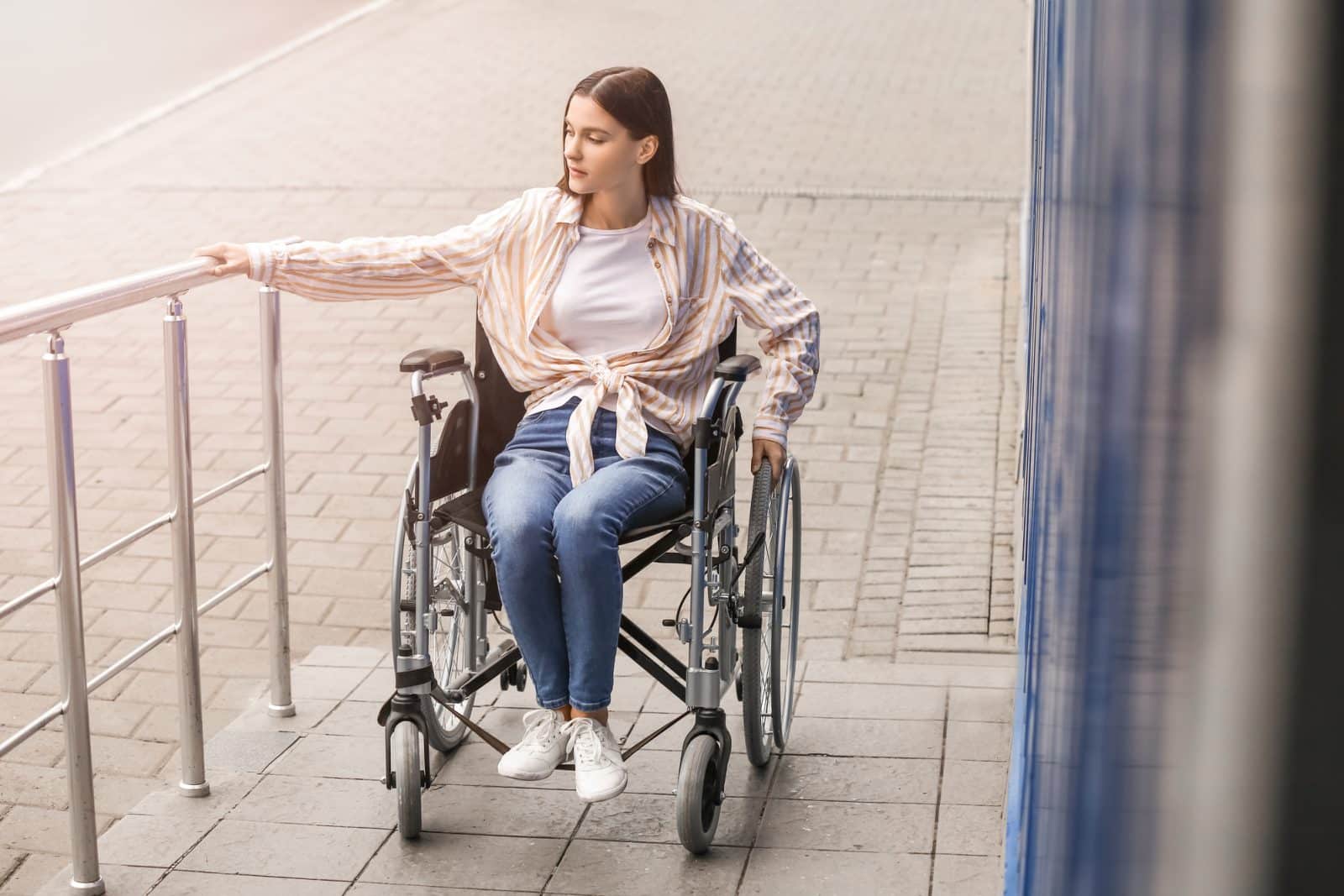As mobility aids, wheelchairs provide increased independence and freedom to those who rely on them daily. However, despite their significant benefits, wheelchairs can also cause problems for users if they’re not used or maintained properly. It is crucial to be aware of common wheelchair injuries and how to prevent them to ensure the user’s safety and well-being.
Overuse Injuries
Repetitive stress injuries are amongst the most common wheelchair injuries. Given the constant use of upper limb muscles during activities such as propelling, braking, and transfers, wheelchair users are at a heightened risk for developing injuries such as carpal tunnel syndrome, shoulder impingement, and tennis elbow.
Prevention
Train yourself in proper propulsion techniques and develop good postural habits to reduce muscle strain. Warm-up and stretching exercises are essential before wheelchair use. Regular breaks during extended periods of wheelchair use can also help mitigate the risk of overuse injuries.
Falls and Tipping
Wheelchair falls and tipping accidents can occur during transfers, sudden stops, or when navigating uneven surfaces or inclines. These accidents may lead to fractures, head injuries, and other serious complications.
Prevention
Take time to practice and perfect safe transfer techniques, especially when moving to and from different surfaces like beds, chairs, or vehicles. Properly adjust the wheelchair to fit the user, ensuring the brakes function correctly. Caregivers and wheelchair users should navigate inclines and uneven terrain cautiously.
Pressure Sores
Prolonged sitting without pressure relief on contact points can lead to developing pressure sores or ulcers. These painful injuries can progress rapidly and, in severe cases, cause infection and damage to underlying tissue structures.
Prevention
Performing pressure-relieving maneuvers and periodic weight shifts can help reduce the risk of pressure sores. Additionally, selecting the right wheelchair cushion can greatly impact comfort and pressure distribution. Choose a wheelchair cushion that suits your specific needs and preferences, selecting from gel, foam, and air-filled cushions.
Strains and Sprains During Transfers
Transferring in and out of a wheelchair puts users at risk for strains and sprains, particularly in the back, shoulder, and wrist muscles. These injuries often result from awkward postures or overexertion during transfers.
Prevention
Learning and practicing proper transfer techniques that minimize bending or twisting are essential. Utilize adaptive equipment, such as transfer boards or swivel cushions, to improve safety and ease during transfers.
While your wheelchair is highly important for your mobility, it’s crucial to be aware of common wheelchair injuries and how to prevent them. Ensuring proper wheelchair use, maintenance, and regular health check-ups can significantly minimize potential risks and enhance the overall quality of life for wheelchair users. Don’t hesitate to reach out to a healthcare professional or therapist to discuss any concerns. Together, we can make wheelchair use a safe and enjoyable experience for all.














